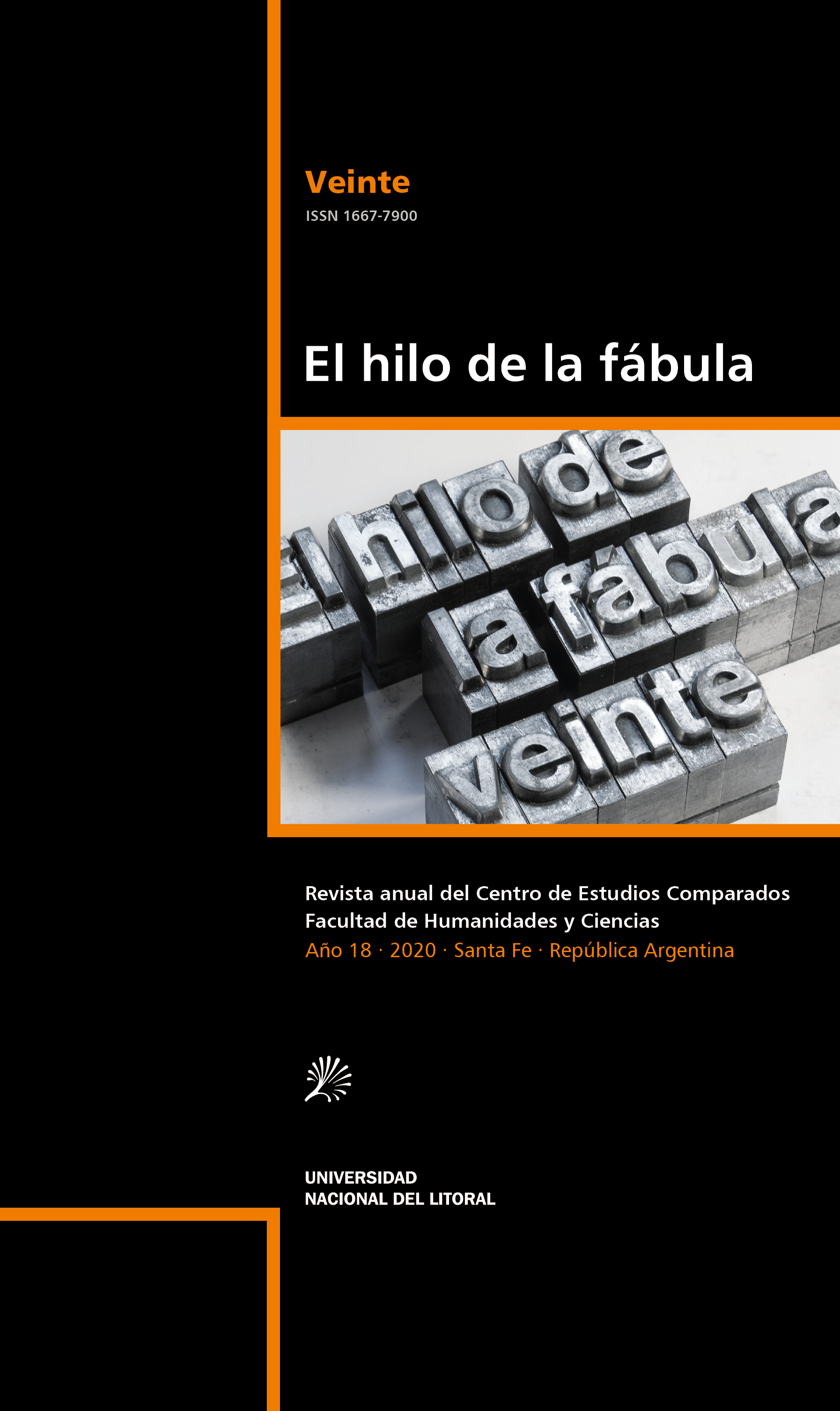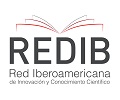No se ve nada
DOI:
https://doi.org/10.14409/hf.v0i20.9647Keywords:
Representation, Vision, Soliloquy, Painting, Literature, Text, ImageAbstract
The text from the French author Pierre Michon, named Les Onze, allows the study of the interaction between different ways of representation within this text, which are as diverse and rich: the literary, the theatrical, the picturesque, the museistic, the historical. This painting represents the Committee for Salut Public, under the period of the Terror, during the French revolution. But the principle of this text is its confrontation to the irrepresentable. Hence the multiplicity of interpretive strategies that can be applied to this aporetic representation. The way in which these different levels of representation interrelate, complement each other, compete with each other and even repeat themselves, all are conducive to a reflection about the way in which meaning is constructed and evolves by way of the representational system selected or, in other words, the representational support. Thus, the representational levels seem to be conveyed by an image separated from its object, one whose meaning and function have yet to be understood.












